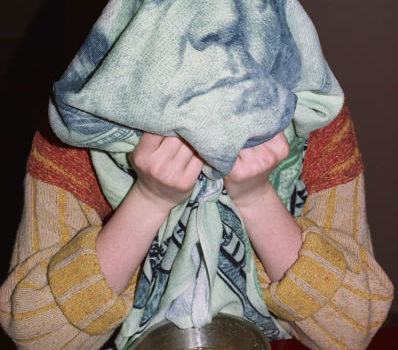Born in Moscow in 1972, Georgy Pervov is one of the Russian New Wave’s most singular artists. At the age of twelve he was knocked out by his first sight of a painting by late nineteenth century Russian realist Vasily Perov, and began drawing and painting almost every day. After graduating from art school – where he mainly studied jewellery – he went through phases including Realism, Socialist Realism, Surrealism, Conceptualism and Moscow-style Neo-Expressionism.
In the mid-1980s, with Gorbachev urging glasnost and perestroika, Pervov decided to change his mode of expression, but it was not until 1995, during a residence at the F + F art school in Zurich, that he discovered the creative possibilities of photography and bought the 35mm camera that still accompanies him everywhere. “Between 2001 and 2009 I walked around every house in Moscow twice. And now I’m going around one more time…The streets, courtyards, markets, vacant lots and people’s faces teach me what art and life are all about.”
Imagine, then, a permanent special correspondent working in his home city: endowed with an acute sense of the absurd and alert to the latent tensions of urban existence, Georgy Pervov tells stories of the everyday in living compositions using a highly personal palette of colours. Unfailingly he discovers unexpected angles and new situations as an eye alternating between objectivity and emotion provides an intimate approach to the complexity of human relationships. Out of an agenda combining sociology, anthropology, aesthetics and metaphysics, he has fashioned a concept: “Photographic Realism” or “Totalrealism”. And while he acknowledges the influence of philosopher Nicolas Berdyaev, filmmaker Andrei Tarkovsky and two Americans – painter Andrew Wyeth and photographer Jeff Mermelstein – Pervov remains deeply rooted in the Russian spirit of what his compatriot Dostoevsky called “universal responsiveness”.
Anna Shpakova, curator
Text from the catalogue-book “Photoquai”, co-edited by Musée du Quai Branly- Actes-Sud
















